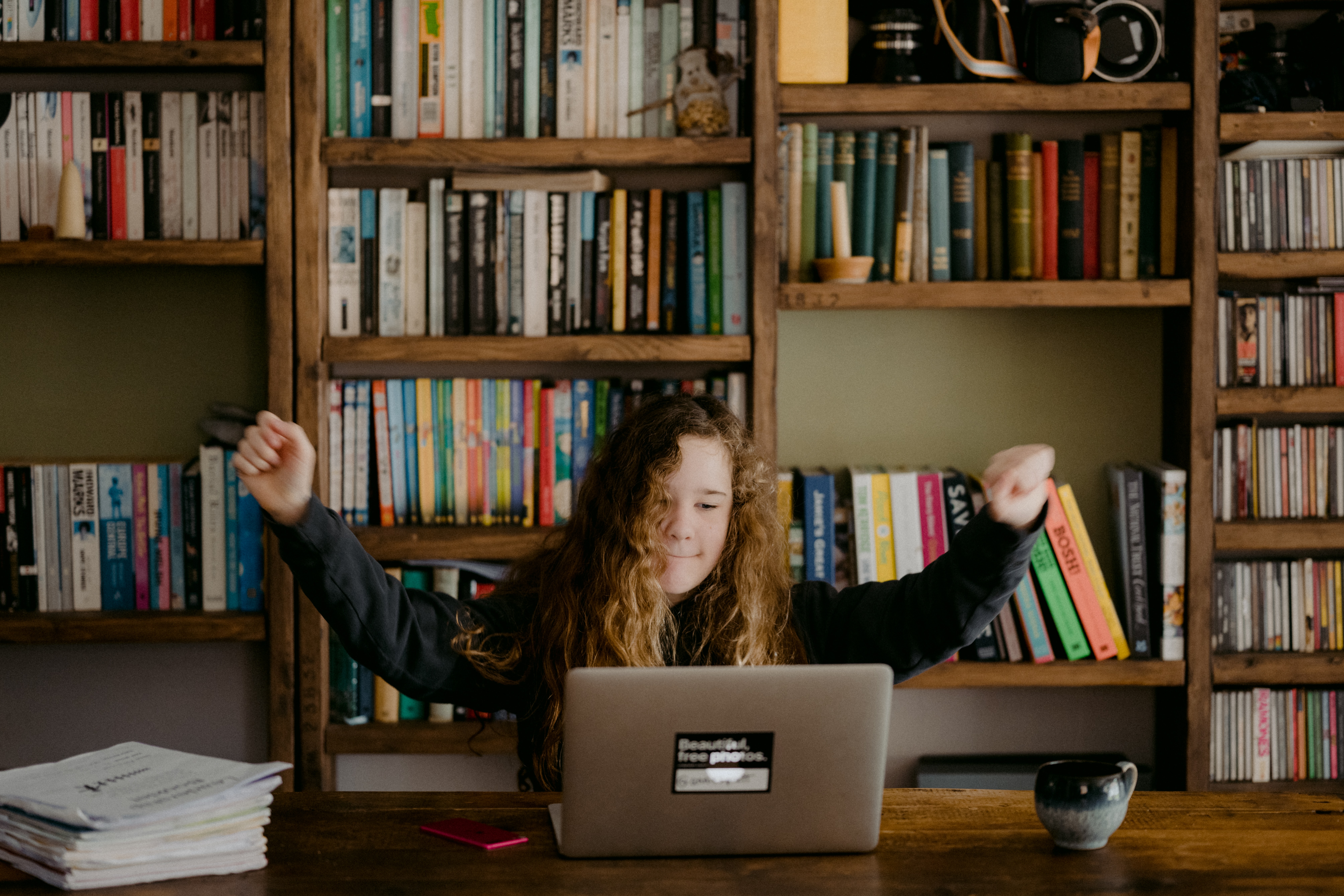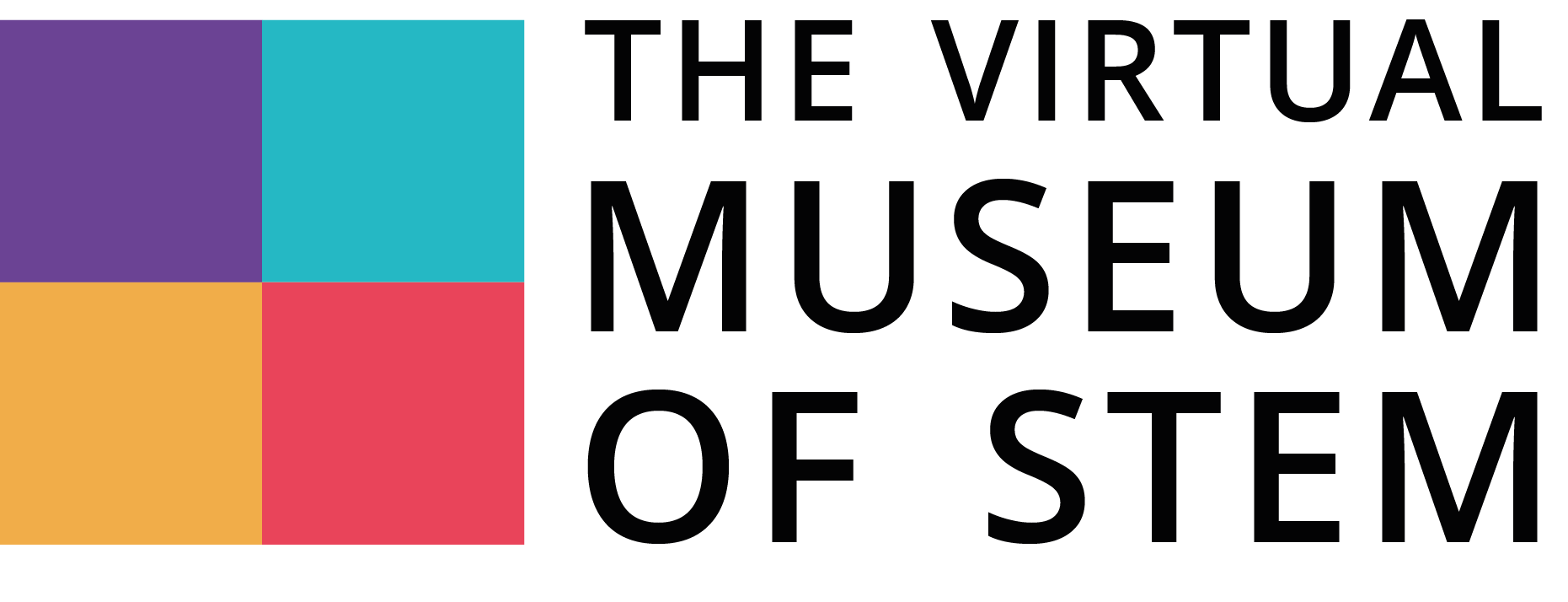Virtual museums pedagogical interests

According to the 2018 PISA results, there is an overall persistent underachievement in mathematics and science among European secondary school students. Even though performances in mathematics remained stable, performances in science deteriorated further, therefore there is a need for innovation in the way mathematics and science are taught in secondary schools across Europe.
It seems that one of the reasons why this underachievement persists is because students perceive mathematics and science as something that is often difficult, abstract, and disconnected from real life. These negative perceptions of STEM discourage students from pursuing careers in these fields, especially students with learning disorders that already struggle with difficulties in school. For this reason, it is crucial to foster engagement and create opportunities to render STEM more interactive to encourage motivation and interest, but also to make STEM more concrete and accessible for students in general.
In this context the project Virtual Museum of STEM has been created, in order to provide a Virtual Museum of STEM for students at the secondary level offering an immersive experience that is also engaging and motivating. The museum is accessible from any browser and any computer with access to the internet. This virtual museum targets secondary school educators and students, and it comes with supporting material for teachers to provide guidance on how it can be used as a pedagogical tool to incorporate in STEM programs.
The virtual museum itself is being conceived to be accessible to all, from a technical and pedagogical standpoint, being user-friendly, intuitive, and well structured. It will be a fictional 3-dimensional construct borrowing its architecture from video games or virtual reality. The museum will be divided in four categories: the Science Exhibition, the Exhibition of Technological Advancements, the Contemporary Engineering Collections, and the Exhibition of Hidden Mathematics. Each part of the museum will contain 20 or 10 collections. The collections will be in 3D and 2D, some of them being animated while other static. Each collection will have a main element and additional elements in different formats: images, videos and text.
Virtual museums allow users to visit and explore at their own pace, having the opportunity to look up for extra information as needed without the time pressure, which differs from a field trip where there is a program and a schedule to follow. This is an important advantage for students with specific learning disorders that often need more time than their peers in learning activities. Students have more control over their learning process and how they explore the material, being able to interact longer with some parts of the museum that interest them more.
Virtual environments offer an enjoyable learning experience serving as a tool for learning through entertainment. If explored correctly, it can offer an interdisciplinary and multilayer educational resource that helps strengthen the construction of knowledge and improve the perception of certain subjects such as mathematics and science. Mixing virtual and physical educational resources might be the best solution to support each other’s shortcomings. While individually it is more complicated to tackle their weaknesses, creating a mixed reality (MR) approach together can be a successful teaching method. In a MR approach, virtual environments and analogue physical teaching are complementary because one cannot replace the other nowadays.
The main goal is to take advantage of technology to support new pedagogies creating synchronism between formal and non-formal education methods in order to support each other, while improving the perception of STEM in secondary schools in Europe.
The VM STEM project will last 24 months, from April 2021 to March 2023. Stay tuned for more!
